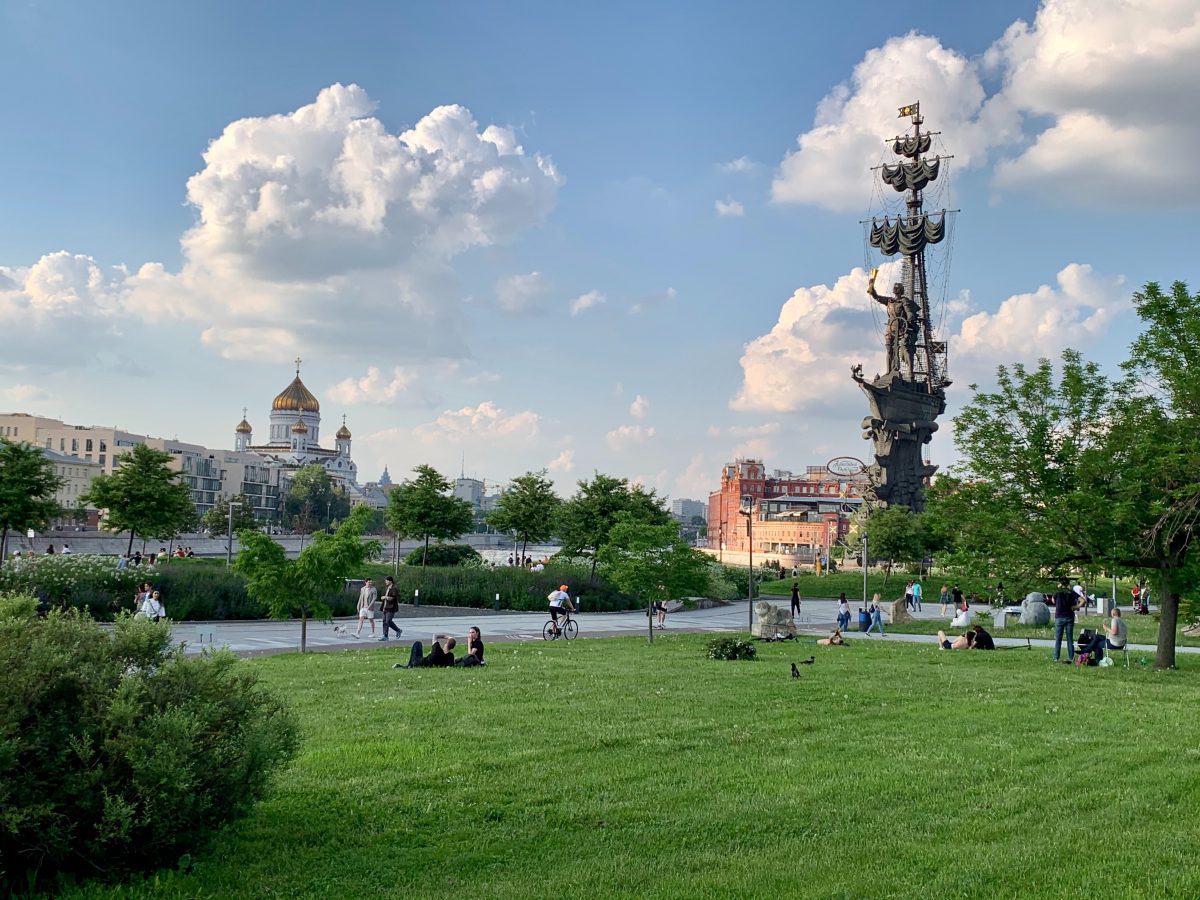The role of architourism in nature areas
Our sustainable tourism expert Ben Wielenga has recently successfully completed his research into the role of architourism in destination development and management in nature areas. The Tij Bird Observatory, which opened in April 2019, was studied as a case and various involved parties were interviewed.
What is architourism?
To put it simply, architourism is a concept where observing buildings and architectural structures is the main motivation for tourists. While architourism often appears in the literature in urban environments, little to nothing is known about architourism in nature areas. This is a niche. However, more and more nature organisations, municipalities, architects and other stakeholders are taking the initiative to create architectural structures in nature areas. This offers advantages in various areas, but its main purpose is to (re)connect people with nature.
Architourism in nature
Ideally, an architectural building in nature areas should be an extension of the surrounding nature and landscape, often using natural shapes, patterns and materials. In addition, it is desirable to connect directly to the identity of the area. In that case, every nature reserve has something striking that it is known for and that can be included in the building design. In addition, a wide range of aspects must be taken into account, such as disturbance distances to the fauna that lives in the area and minimizing the loss of nature by creating the structure. The structure must blend into and merge with the surrounding nature and landscape and have as little impact on it as possible. It can therefore be seen as a semi-natural, semi-cultural landmark.
Architourism target groups
With the implementation of architectural structures in nature areas, different target groups are attracted, ranging from nature, landscape and architecture fans. Depending on the location of the structure, there may also be additional target groups interested in culture and history. When determining the location, it is therefore important to choose a place where a diversity of area qualities come together. In this way, an architectural structure ensures that a wider audience comes into direct contact with nature and landscape, where this would otherwise only have been the case with some target groups. This creates more support for the conservation and the creation of (new) nature and landscape. It may also lead to various target groups wanting to compensate financially for these aspects.
Advantages of combining architecture and nature
Architectural structures can even contribute to a “soft zoning”, whereby the structure has such a visual appeal to visitors that they stay on the beaten track and cause less damage to nature and the landscape. From a destination development and marketing point of view, such a structure can ensure that it functions as a first touchpoint of, or gateway to, the surrounding region, and as a catalyst for further regional investments in the leisure sector as a result of local pride and the perception among the local community and SME’s that the implementation of such constructions really works in terms of a growing number of visitors.
Do you want to stay informed about this topic? More news about architourism in nature areas will follow in the coming months.
1 å




